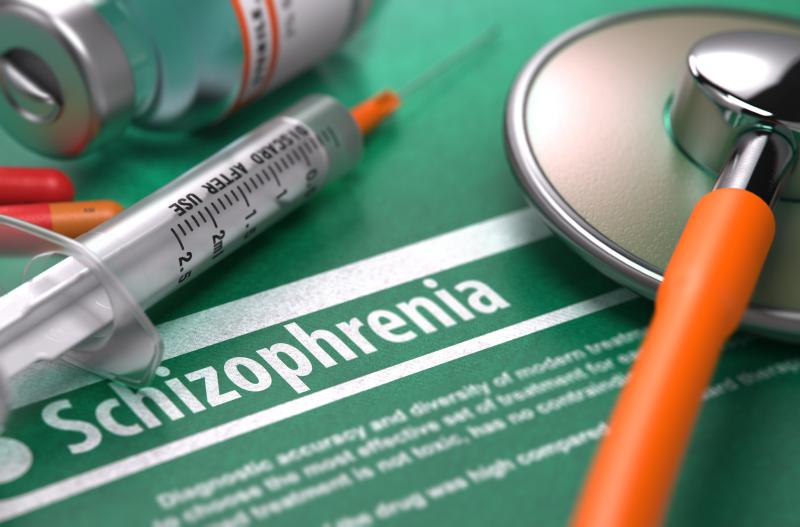
Chronic schizophrenia patients receiving long‐acting injectable antipsychotics (LAIAs) have more favourable outcomes than those receiving oral antipsychotics (OAPs) in the maintenance setting, with LAIAs tied to a lower risk of disease relapse and a reduction in psychiatric service utilization, as shown in a study.
“[E]ven in chronic schizophrenia patients whose symptoms were relatively stable, LAIAs may still benefit patients in their maintenance treatment,” according to the authors.
The analysis included 40,194 chronic schizophrenia patients who underwent maintenance treatment and were followed for 12 months. Of these, 948 patients received LAIAs alone (2.4 percent; mean age at diagnosis, 36.69 years) while 39,246 received only OAPs (97.6 percent; mean age at diagnosis, 34.14 years).
Relative to sole OAP users, sole LAIA users were significantly older, had a longer duration of disease and were more often female. Additionally, these patients were less likely to have mood disorders, anxiety disorders, bipolar disorders and alcohol use disorders, albeit more likely to receive psychiatric home care than those receiving only OAP treatment.
A total of 3,340 patients (8.3 percent) were hospitalized during the follow-up, among whom 55 (5.8 percent) were in the LAIA group and 3,285 (8.4 percent) were in the OAP group. Logistic regression analysis revealed that sole LAIA use was associated with a significantly lower risk of psychiatric hospitalization (odds ratio [OR], 0.63; p<0.01). [Hum Psychopharmacol 2020;doi:10.1002/hup.2729]
Among hospitalized patients, sole LAIA vs OAP users had shorter length of hospitalization (82.8 vs 65.9 days; p=0.03) and fewer emergency room visits (2.3 vs 1.8; p<0.01).
To explore the effects of different drugs on the outcomes, the authors compared first‐generation antipsychotics (FGA)‐LAIs (eg, clopenthixol, flupentixol, fluphenazine, haloperidol and zuclopenthixol) and a second‐generation antipsychotic (risperidone)‐LAI with OAP treatment.
Treatment with either FGA- or risperidone-LAI led to a lower rate of psychiatric hospitalization compared with OAPs (ORs, 0.58 and 0.73, respectively; p<0.01). Length of hospitalization was also shorter in the FGA‐ and risperidone‐LAI groups, although the difference did not reach statistical significance due to the small numbers of patients.
“These results support our main findings and provide robust evidence for the risk–benefit balance when making clinical decisions even in stable chronic schizophrenia patients,” the authors pointed out.
Overall, the present data are consistent to a recent nationwide cohort database study reporting that LAIAs conferred a lower risk of rehospitalization compared to equivalent oral formulations, they added. [JAMA Psychiatry 2017;74:686-693]
Antipsychotic drugs are generally recommended for all stages of schizophrenia, but poor drug adherence and greater illness severity and duration may contribute to relapses and negatively affect treatment effectiveness. To prevent relapses and improve treatment adherence, LAI formulations of antipsychotics were developed. [Br J Psychiatry 2009;195:s63-s67; Eur Neuropsychopharmacol 2007;17:235-244; Psychiatr Serv 2004;55:886-891]